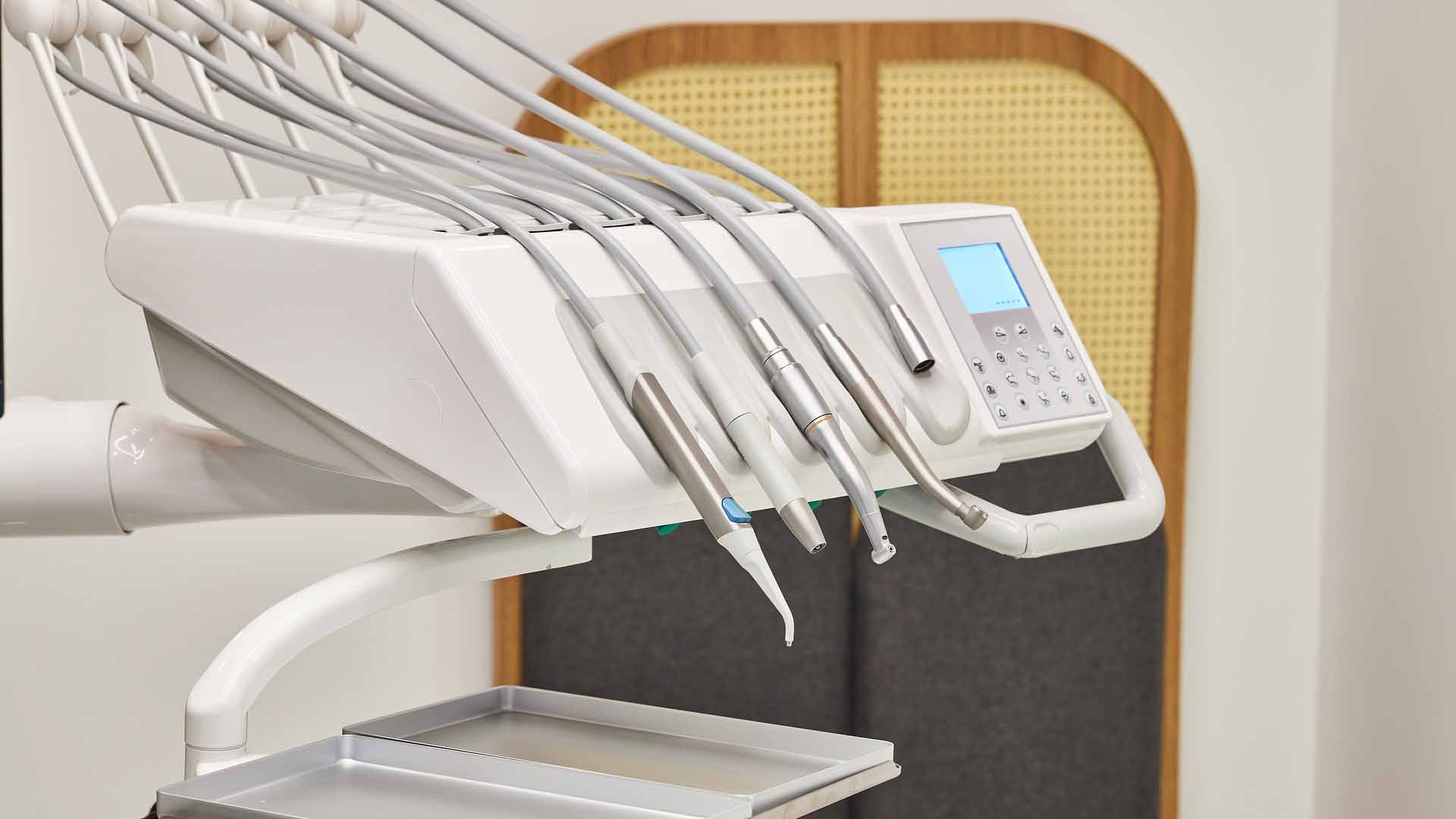Dental implants are a popular, effective solution for missing teeth, providing a long-term option that enhances both function and appearance. However, many patients wonder, “How long does it take to get dental implants from start to finish?” The total time can vary depending on individual factors, including bone health, healing rates, and specific treatment needs. This article outlines each phase of the dental implant process to give you a comprehensive look at the timeline from start to finish.
Step 1: Initial Consultation and Treatment Planning (1-2 Weeks) – How Long Does It Take to Get Dental Implants from Start to Finish?
The journey to dental implants starts with a thorough consultation and evaluation. During this initial appointment, the dentist or oral surgeon examines your oral health and takes X-rays or 3D images to assess the jawbone’s structure. This step is essential for creating a personalized treatment plan and understanding the unique needs for your dental implant journey.
- Expected Duration: While the consultation may only last an hour, scheduling, imaging, and planning can add 1-2 weeks to the process.
- Factors Influencing This Step: The complexity of your dental health and availability of necessary imaging equipment may slightly impact this timeframe.
Step 2: Preparatory Procedures (If Needed) – Bone Grafting or Tooth Extractions (3-6 Months)
For some patients, preparatory procedures are required to create a solid foundation for the implant. If you don’t have enough bone density, a bone graft can be necessary before implant placement. Alternatively, if a damaged or decayed tooth is still present, it may need to be removed before the implant procedure.
- Expected Duration: Bone grafts can require up to 3-6 months to fully integrate with the jawbone, while tooth extractions generally need a healing period of 4-6 weeks.
- Factors Influencing This Step: Healing time and individual factors such as age, health, and bone structure can affect this phase. Combining procedures may also streamline the timeline.
Step 3: Implant Placement Surgery (1 Day Procedure + 3-7 Days for Initial Healing)
Once your jawbone is prepared, the dental implant placement is scheduled. This outpatient procedure involves placing the titanium post into the jawbone. Patients often find the actual placement quick and manageable under local anesthesia.
- Expected Duration: Implant placement takes 1-2 hours, with an initial recovery period of 3-7 days.
- Factors Influencing This Step: Managing post-surgery symptoms such as swelling and following care guidelines can help ensure faster healing.
Step 4: Osseointegration (3-6 Months)
A key phase in the process, osseointegration is where the jawbone fuses with the implant, creating a stable foundation for the replacement tooth. Although this stage takes time, it’s crucial for the success of the implant.
- Expected Duration: Osseointegration typically lasts 3-6 months.
- Factors Influencing This Step: Healing speed, overall health, and lifestyle factors like smoking can affect the duration of this stage.
Step 5: Abutment Placement (1-2 Weeks)
Once osseointegration is complete, the next step is attaching the abutment, which connects the implant to the crown. This procedure is minor and generally performed under local anesthesia. Following placement, a short healing period allows the gums to adapt to the abutment.
- Expected Duration: The abutment placement procedure takes about an hour, with an additional healing period of 1-2 weeks.
- Factors Influencing This Step: The healing time may vary depending on how well the gums adapt to the abutment.
Step 6: Final Crown Placement (1-2 Weeks for Impressions, 1 Day for Crown Placement)
With the abutment in place, the final step is to create and attach the custom crown. Impressions of your mouth are taken to craft a crown that matches the natural color and shape of your teeth. Once ready, the crown is attached to the abutment, completing the dental implant process.
- Expected Duration: Fabricating the crown typically takes 1-2 weeks, while placement is completed in a single visit.
- Factors Influencing This Step: Accuracy of the impressions and the lab’s turnaround time can impact this phase.
Overall Timeline: How Long Does It Take to Get Dental Implants from Start to Finish? (4 Months to Over a Year)
The complete dental implant process generally takes 4 months to over a year from start to finish. Here’s a quick recap:
- Consultation and Planning: 1-2 weeks
- Preparatory Procedures (Bone Graft or Extractions): 3-6 months if necessary
- Implant Placement Surgery: 1 day, with 3-7 days for initial healing
- Osseointegration: 3-6 months
- Abutment Placement: 1-2 weeks
- Final Crown Placement: 1-2 weeks
Factors That Can Affect How Long It Takes to Get Dental Implants from Start to Finish
The timeline for dental implants is influenced by multiple factors:
- Bone Density and Health: Insufficient bone density may require additional procedures, extending the timeline.
- Healing Rates: Healing times vary by individual, influenced by age, health status, and lifestyle factors like smoking.
- Type of Procedure: Advanced techniques, such as All-on-4 or same-day implants, can shorten the timeline for eligible patients.
Can the Time to Get Dental Implants from Start to Finish Be Shortened?
While it’s essential to allow adequate healing time to ensure implant success, some modern techniques can shorten the process. Immediate load implants, for instance, allow for a temporary crown during the healing phase, reducing waiting time for the final crown. However, only qualified candidates can safely pursue such options.
Conclusion: Understanding How Long It Takes to Get Dental Implants from Start to Finish
The dental implant process is highly individualized, but the typical timeline from start to finish ranges between 4 months and a year. With proper care at each phase, dental implants can offer a durable, natural-looking solution that’s well worth the time investment. Consult with your dental provider to understand the specific timeline for your case and to discuss any ways to make the journey as efficient and comfortable as possible.


Leave a Reply